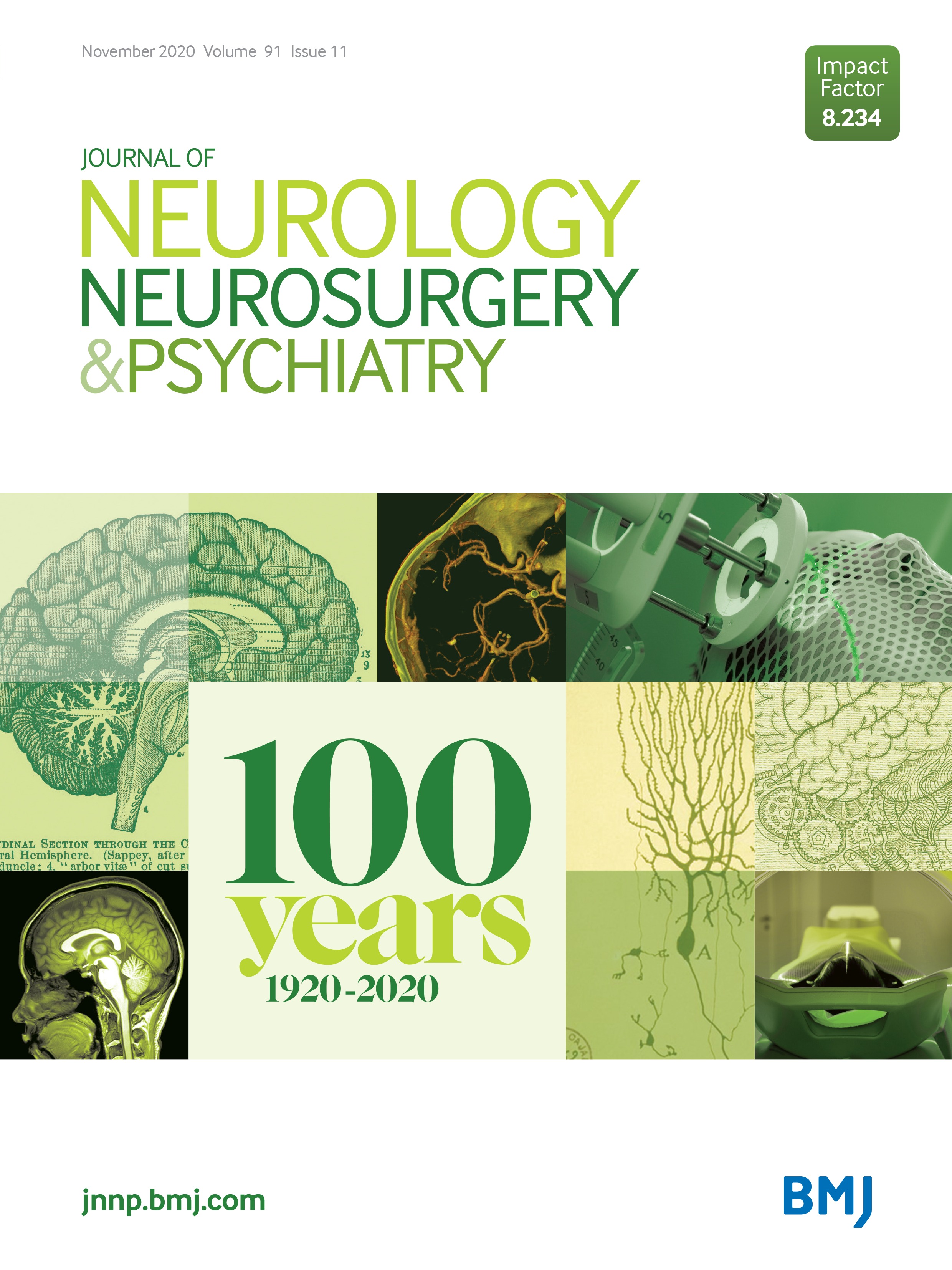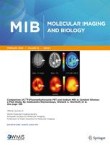Abstract
Objectives
To compare the predictive performances of the prewiring, postwiring MI‐SYNTAX scores, prewiring, and postwiring Updated Logistic Clinical SYNTAX score (LCSS) for 2‐year all‐cause mortality post percutaneous coronary intervention (PCI) in ST‐elevation myocardial infarction (STEMI) patients.
Background
In patients with STEMI and undergoing primary PCI, coronary stenosis(es) distal to the culprit lesion is often observed after the restoration of coronary flow. To address comprehensively the complex coronary anatomy in these patients, prewiring and postwiring MI‐SYNTAX scores have been reported in the literature. Furthermore, to enable individualized risk estimation for long‐term all‐cause mortality, the Updated LCSS has been developed by combining the anatomical SYNTAX score and clinical factors.
Methods
In the randomized GLOBAL LEADERS trial, anatomical SYNTAX score analysis was performed by an independent angiographic corelab for the first 4,000 consecutive patients as a prespecified analysis; of these, 545 presented with STEMI. The efficacy of the mortality predictions of the four scores at 2 years were evaluated based on their discrimination and calibration abilities.
Results
Complete data was available in 512 patients (93.9%). When the patients were stratified into two groups based on the median of the scores, the prewiring and postwiring Updated LCSSs demonstrated that the high‐score groups were associated with higher rates of 2‐year all‐cause mortality compared to the low‐score groups (6.6 vs. 1.2%; log‐rank p = .001 and 6.6 vs. 1.2%; log‐rank p = .001, respectively). There were no statistically significant differences for predicting the mortality between the prewiring (area under the curve [AUC] 0.625), postwiring MI‐SYNTAX score (AUC 0.614), prewiring (AUC 0.755), and postwiring Updated LCSS (AUC 0.757). In the integrated discrimination improvement (IDI), the prewiring MI‐SYNTAX score had a better discrimination for the mortality than the postwiring MI‐SYNTAX score (IDI ‐0.0082; p = .029). The four scores had acceptable calibration abilities for 2‐year all‐cause mortality.
Conclusions
The prewiring Updated LCSS predicts long‐term all‐cause mortality with clearly useful discrimination and acceptable calibration. Since the postwiring MI‐SYNTAX score does not improve mortality prediction, the prewiring MI‐SYNTAX score may be preferred for the 2‐year mortality prediction using the Updated LCSS.











